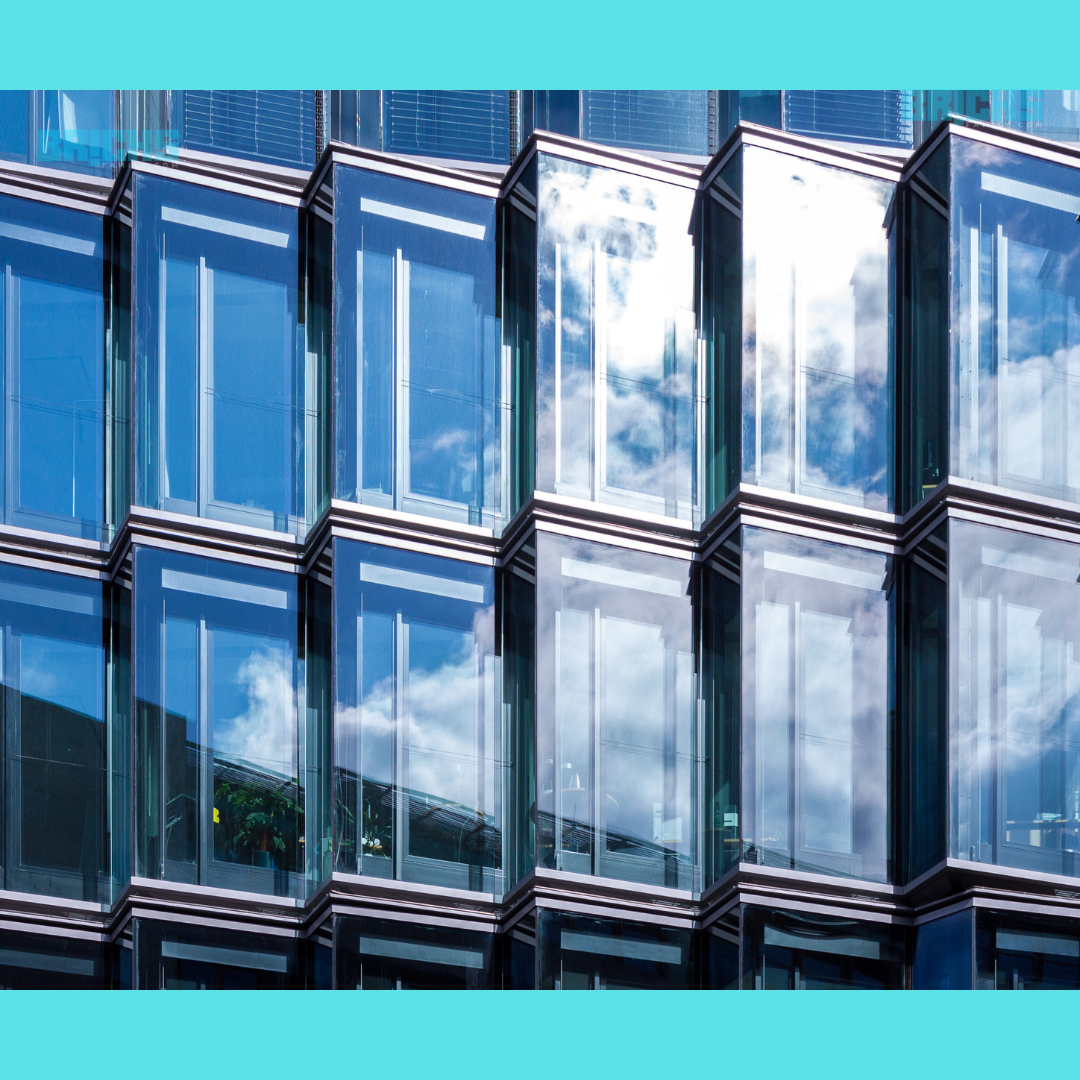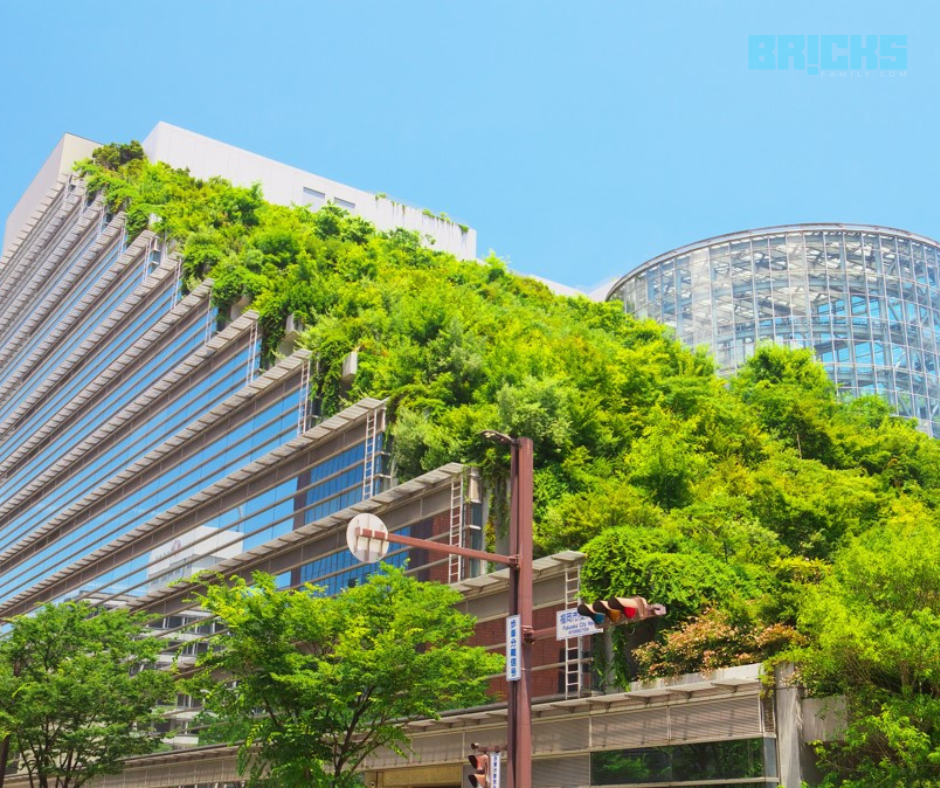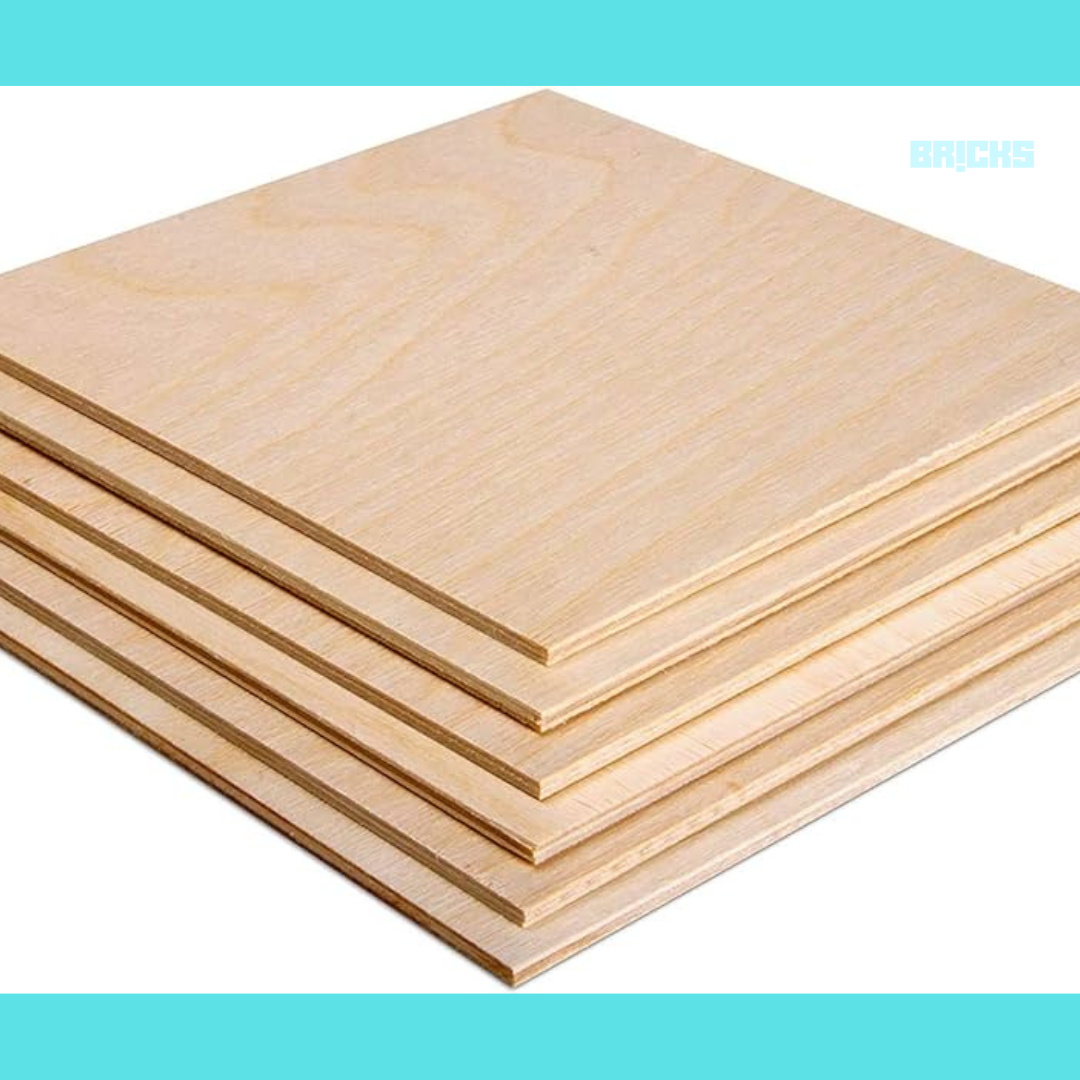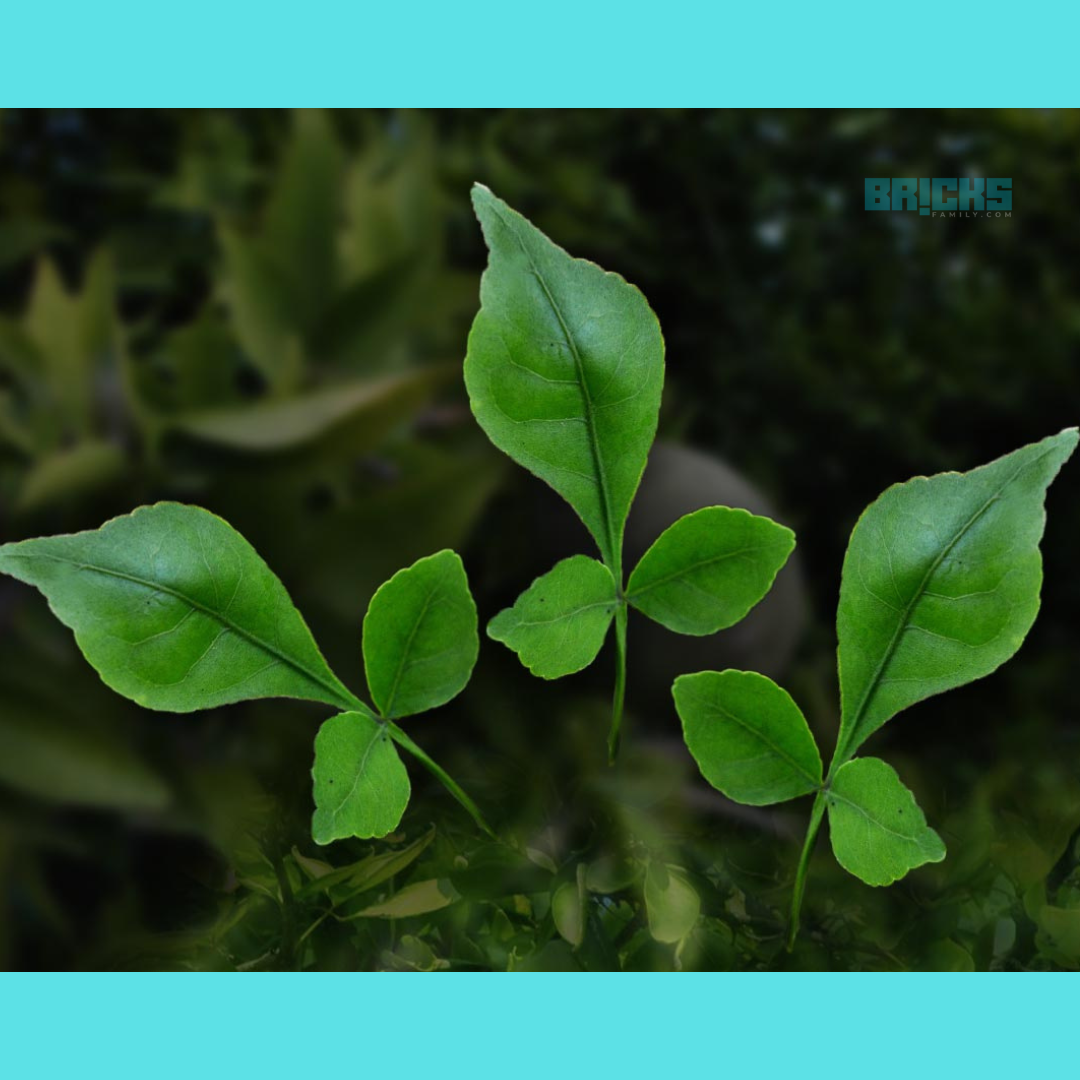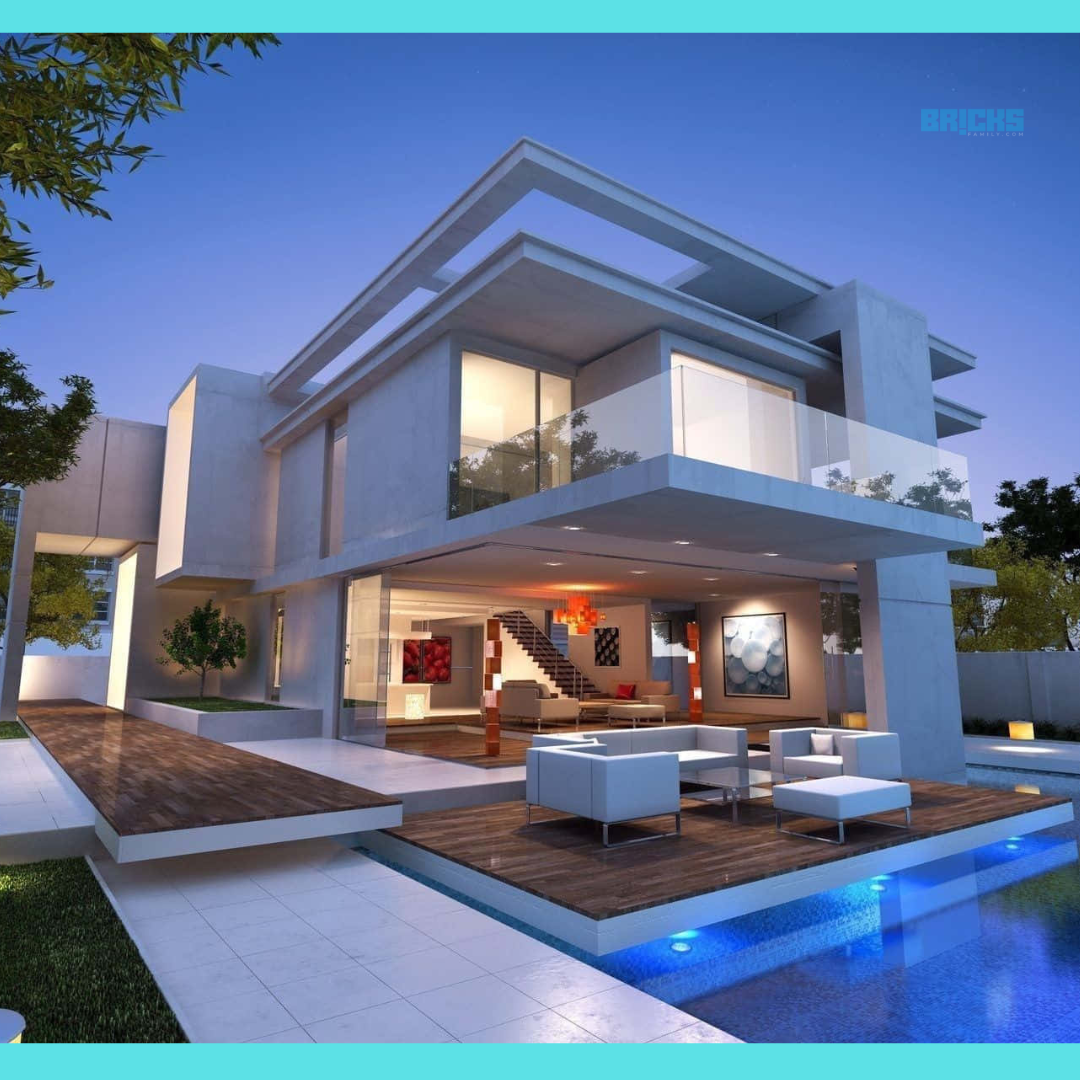Glass comes in a variety of forms and is utilized in construction. We examine the most popular varieties of glass used in construction. Study up on the characteristics and applications of glass in buildings as well. This blog is about 15 Types of Glass Used in Construction.
Glass is available in a multitude of shapes and forms, just like other building materials. There are several kinds of glass available, each with slight variations, that are intended for security, privacy, aesthetics, and insulation. Variations in their manufacturing procedures lead to enhanced strength, colorr changes, and safe breaking methods. Furthermore, every glass has a special functional application.
In this blog, we take you through the different 15 Types of Glass Used in Construction.
What is a glass material?
Glass is an inorganic solid that is created through the process of fusing. Ordinary sand is heated with lime, sand, and other additives until it becomes liquid, at which point it cools. It may be fragile, translucent, or transparent. It can also occasionally be encountered in opaque form.
Glass is more than just a material that lets light in. Glass comes in a variety of forms and is utilized in construction for different purposes.
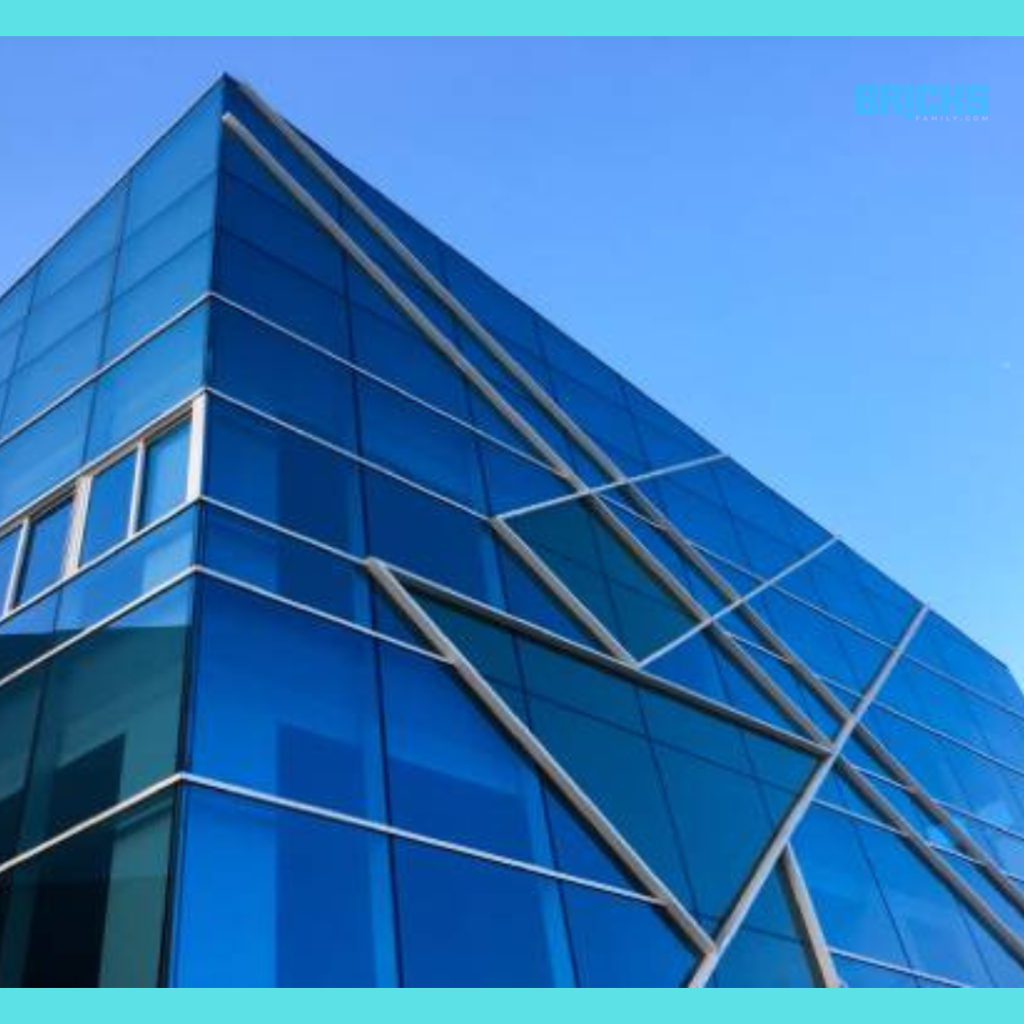
Types of Glass in Construction
For a given application, choosing the appropriate glass type is crucial to completing the work safely, attractive, and efficiently. Here are 15 varieties of glass that are used in buildings:
Float Glass
Calcium and sodium silicate create float glass, often known as soda-lime glass. It is constructed by floating molten glass above a bed of molten tin, as the name implies. It emerges as a flat, clear, and distortion-free glass.
The float glass can be cut with a glass cutter; no further tools are required. It weighs between 6 and 36 kg/m³, and its thickness varies from 2 to 20 mm.
Shop fronts, public spaces, and fixed and open windows above waist height can all benefit from the use of float glass.

Laminated Glass
Ordinary glass layers are joined by a transparent, flexible substance to form laminate glass. It is compared to a sandwich made of two or more sheets of glass.
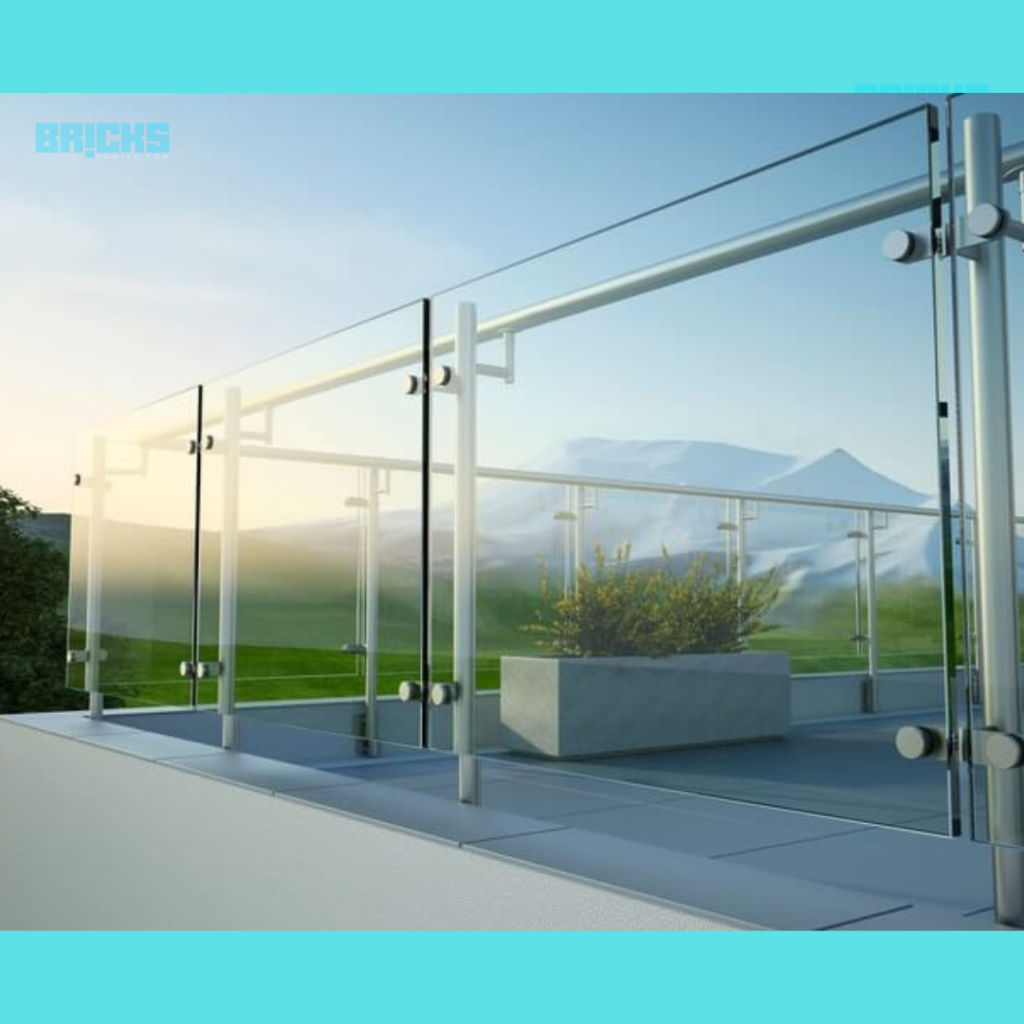
Laminated glass can also be designed using a variety of other glass kinds, such as wired, toughened, or float glass. They retain their breaking qualities there, though.
This kind of glass is also UV and soundproof, which is why aquariums and bridges are made of it. As this glass reduces damaging rays, it’s also an excellent option for making canopies.
Sheet Glass
In making sheet glass, molten glass is run through rollers to provide an almost smooth finish. Nevertheless, the resultant sheets have some degree of deformation due to this procedure.
This glass can be cut with a glass cutter without requiring specialized tools. There are several standard sizes for sheet glass.
Unlike home windows, where there is a problem with visual distortion, this glass is mainly utilized in shimmering greenhouses due to its inexpensive cost and lack of distortion.
Toughened Glass
Toughened glass is commonly utilized in the building sector since it is shatterproof. Unlike float glass, which breaks into enormous shards, this fractures into multiple smaller, safer pieces.
Because of its heat resistance, this glass—also referred to as tempered or safety glass—is frequently used in house interiors, such as shower screens, swimming pool fences, glass balustrades, and kitchen splashbacks.
Laminated panels also use toughened glass as an extra safety measure.
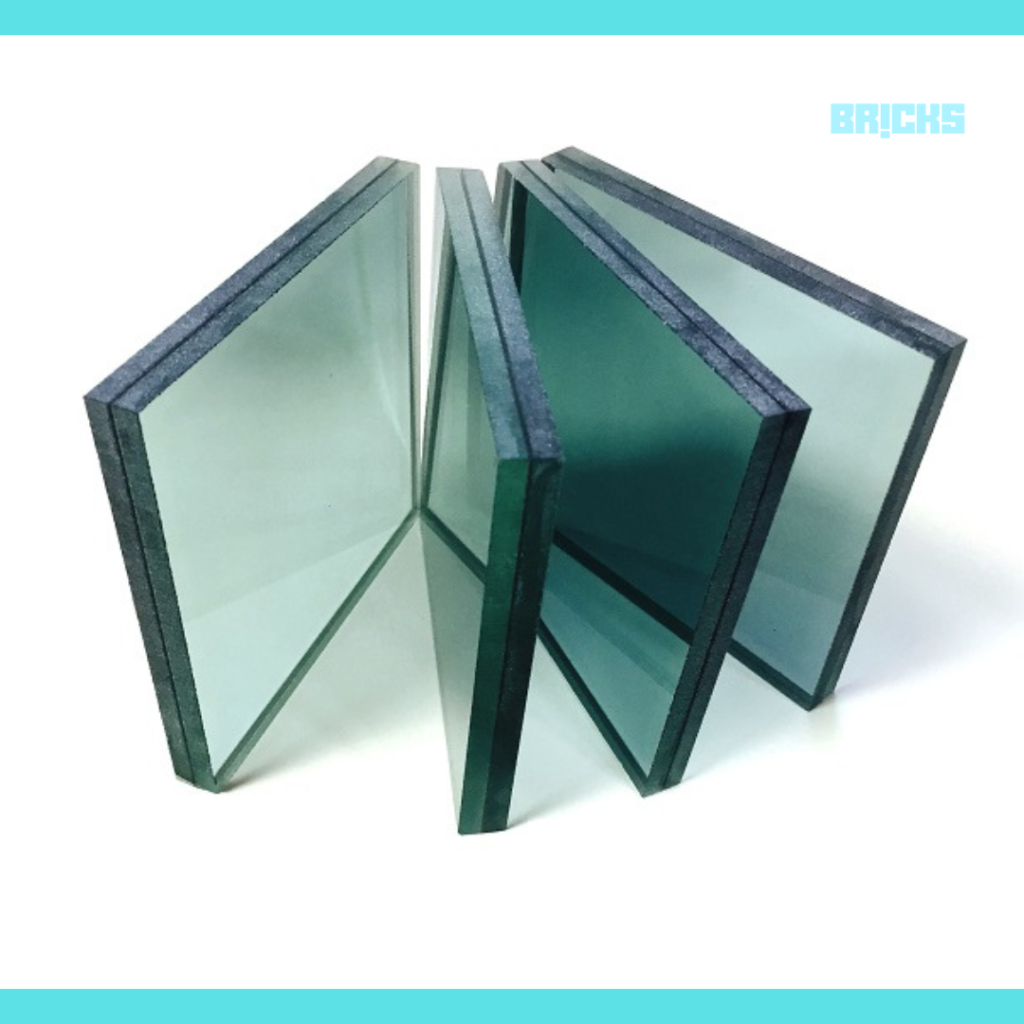
Chromatic Glass
Specific characteristics of chromatic glass regulate its transparency. It blocks out the brightness of the day. Meeting rooms and intensive care units are its primary uses.
This glass has light-, heat-, and electric-sensitive lamination.
Patterned Glass
Glass with patterns is created by rolling it on one side. It is made with a variety of coloured tints and designs. Everybody has a distortion number between 1 and 5, where 1 denotes minimal distortion, and 5 denotes a considerable degree of diffusion.
This glass is decorative only and may or may not provide more privacy.
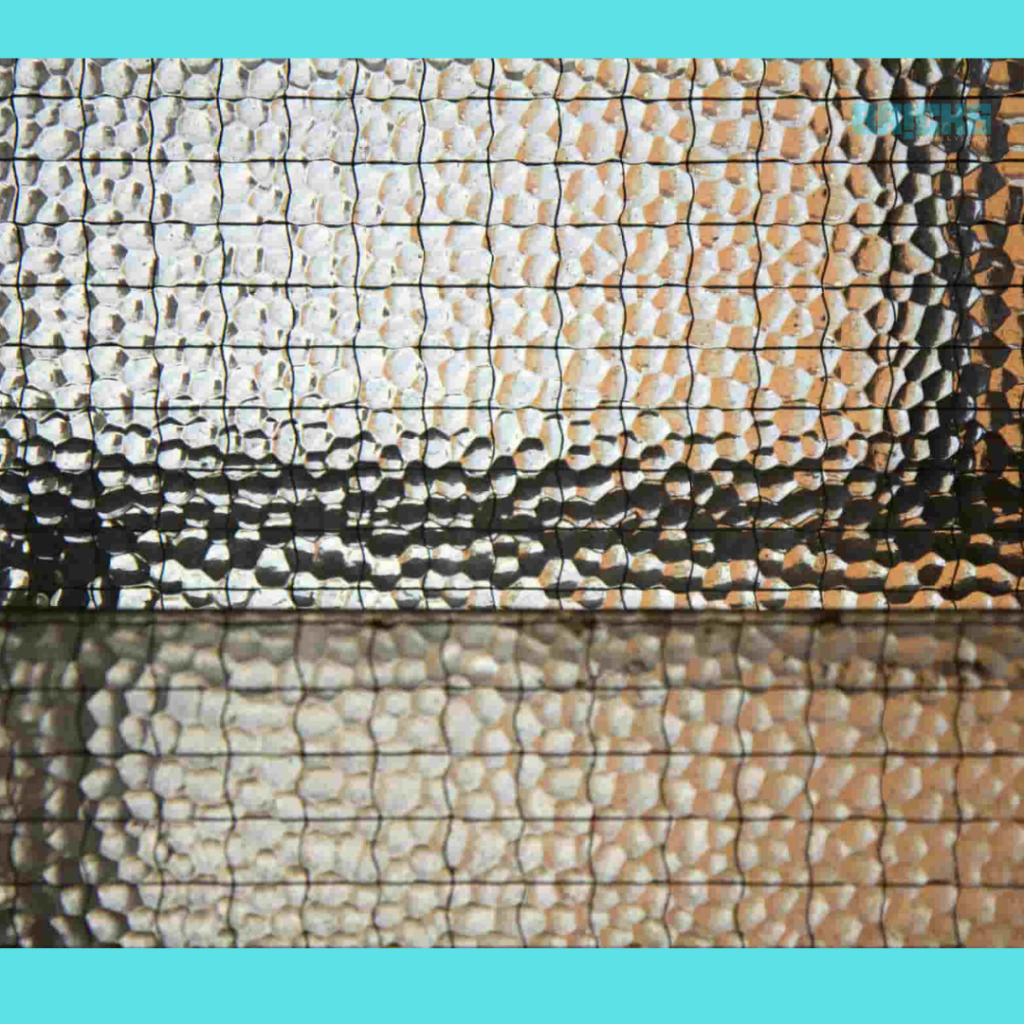
Shatterproof Glass
Shatterproof glass is, as the name implies, resistant to breaking. It just means the glass doesn’t splinter into sharp bits when broken.
Polyvinyl butyral resin is used during production to prevent the glass from breaking into sharp fragments. Windows, skylights, and flooring all employ this type of glass.
Tinted Glass
Colored glass is called tinted glass. A particular kind of ion is blended with ordinary glass mix during manufacturing. Through this process, colored glass is produced, with the color not affecting the glass’s other characteristics. For example, iron oxide turns green, and sulfur turns blue.
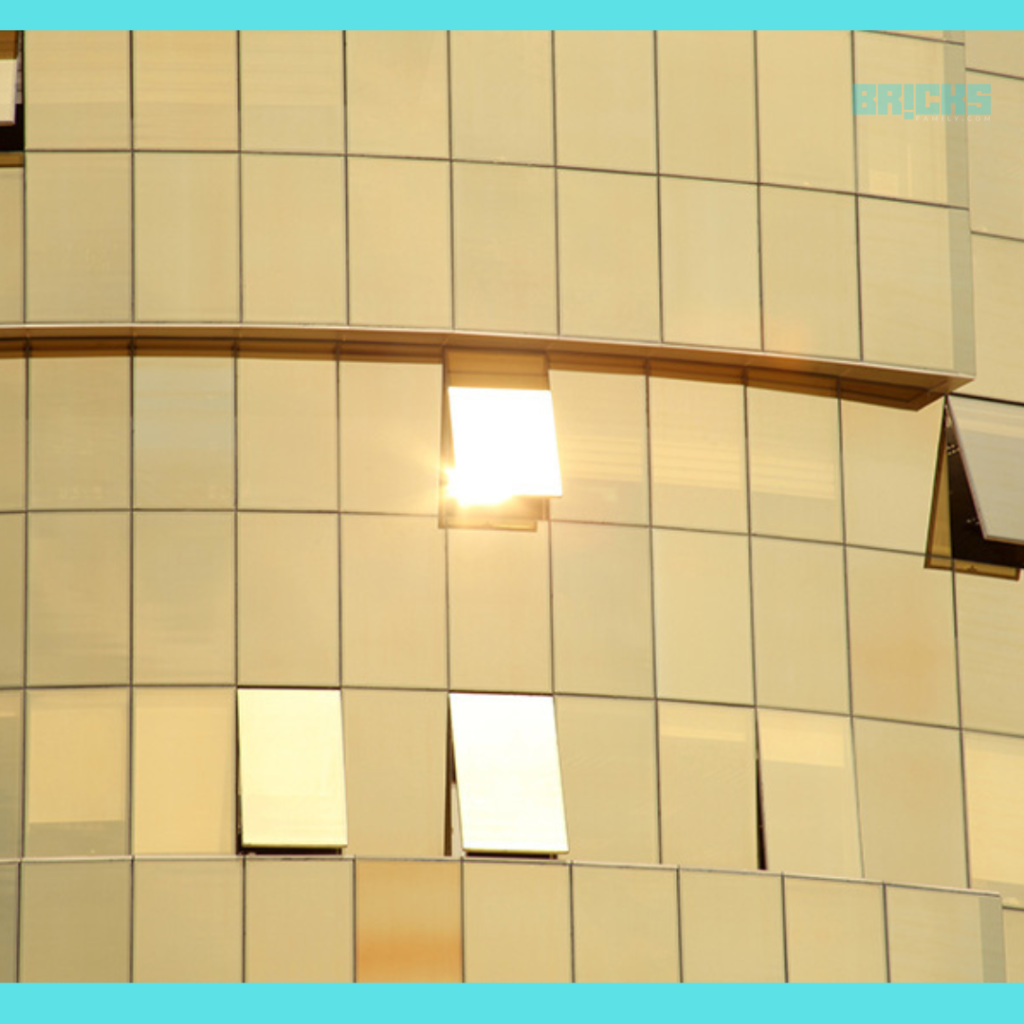
Energy-Efficient Glass
One side of the floating glass is coated with a unique thin film glaze to create energy-efficient glass. The thin film covering minimizes the thermal energy change in one direction while allowing solar energy to pass through in another.
Wired Glass
The glass type is constructed with a central wire mesh. When the glass breaks or cracks, the wire keeps it together. However, it does not stop the glass from molding into sharp fragments once broken.
Clear or concealed wired glass is available. It is typically utilized in constructions such as industrial buildings and garages.
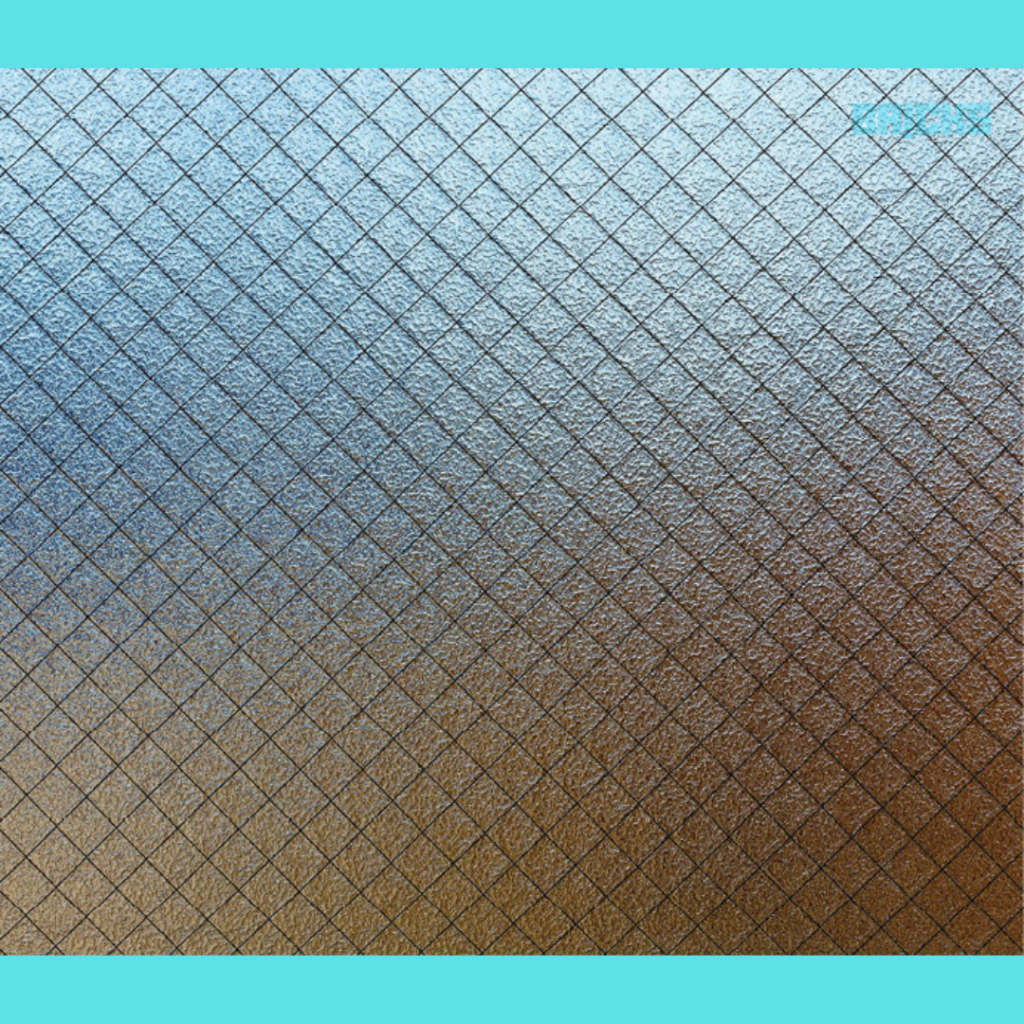
Self-Cleaning or Extra-Clean Glass
Glass that is extra-clean or self-cleaning is both photocatalytic and hydrophobic. Because of these characteristics, glass doesn’t stain, looks more appealing, and is easier to keep.
Insulated Glass Units
Double-glazed glass is another term for an insulated glass unit. This glass has two to three layers, separated by vacuum or air. Due to its excellent thermal insulation properties, the air or vacuum prevents heat from traveling through it.
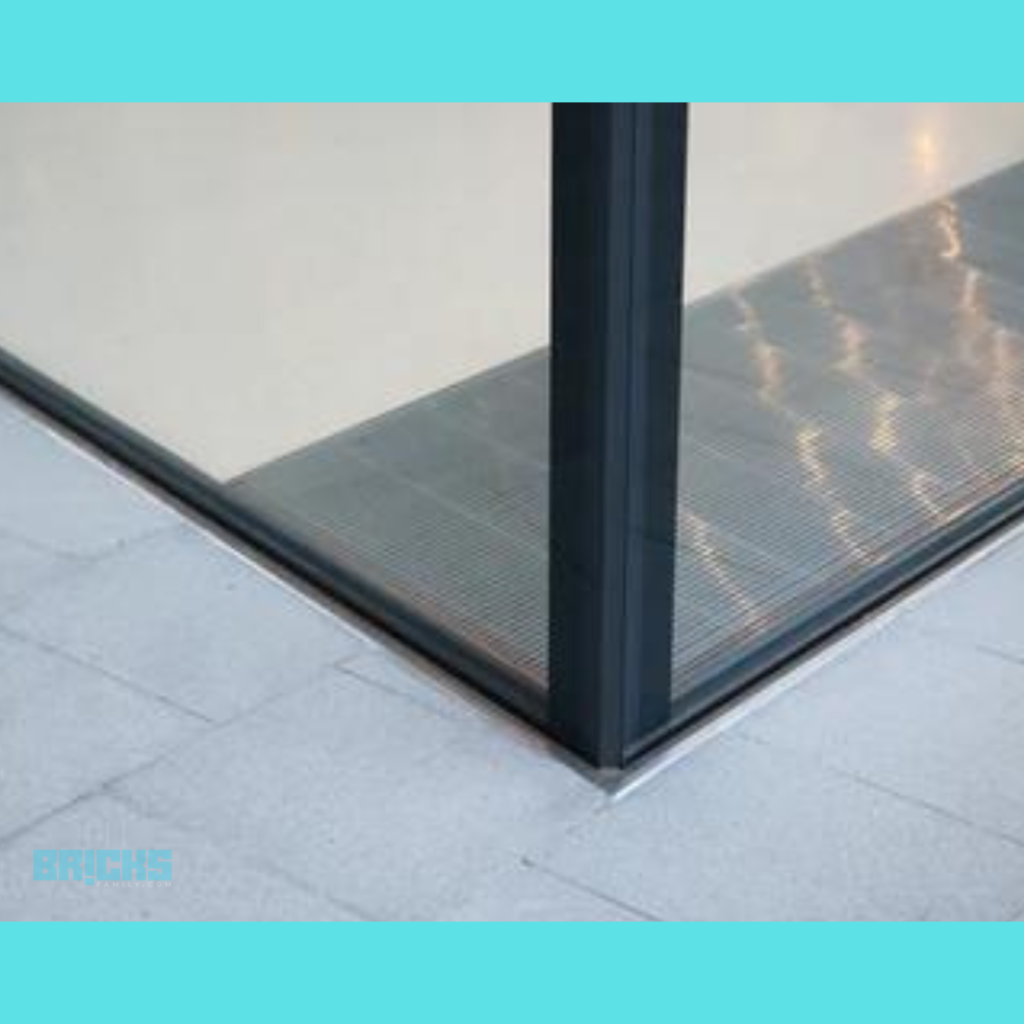
Mirrors
Traditionally, float glass with one silver side and a thickness of 4 to 6 mm is used to make mirrors.
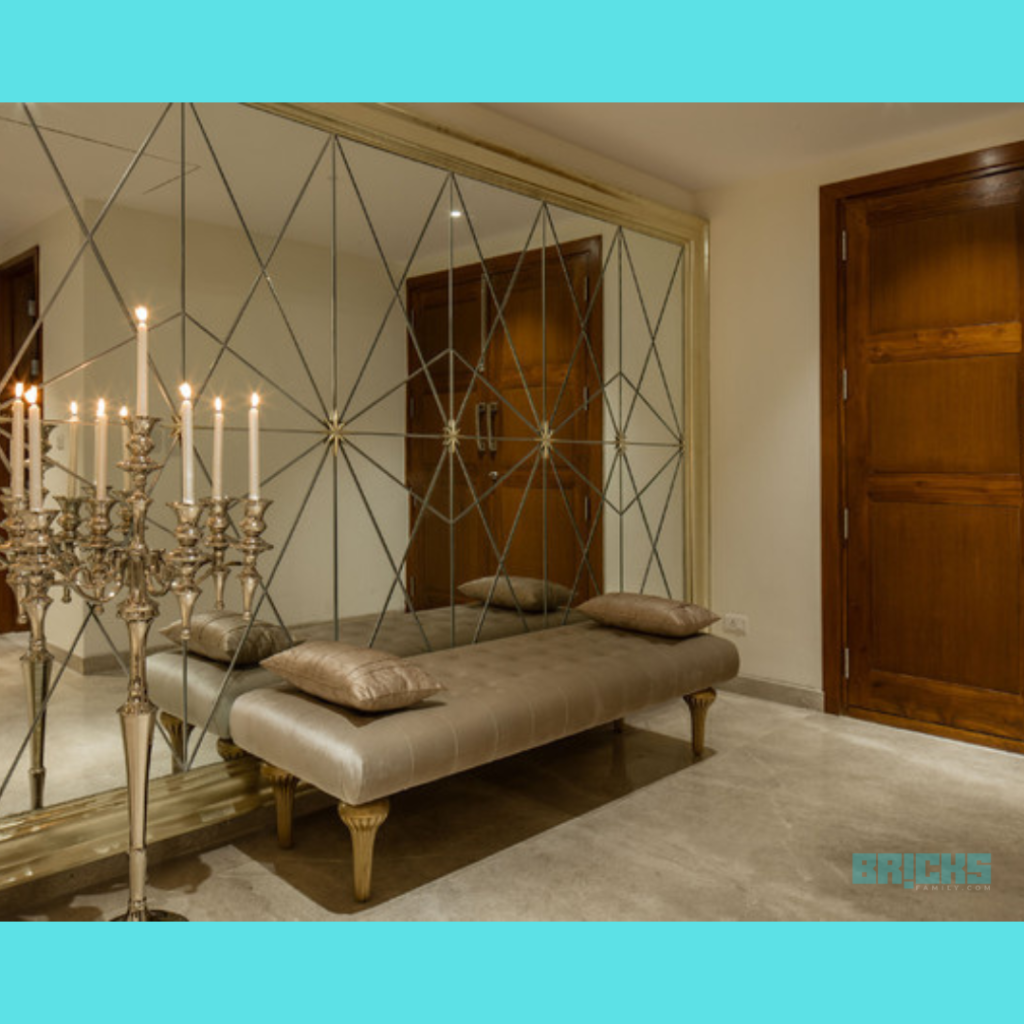
Glass Blocks
Two halves are pushed and solidified during the glass melting to create glass blocks. Another name for them is glass bricks. This kind of glass looks beautiful when light flows through it, and it is typically used on walls and skylights.
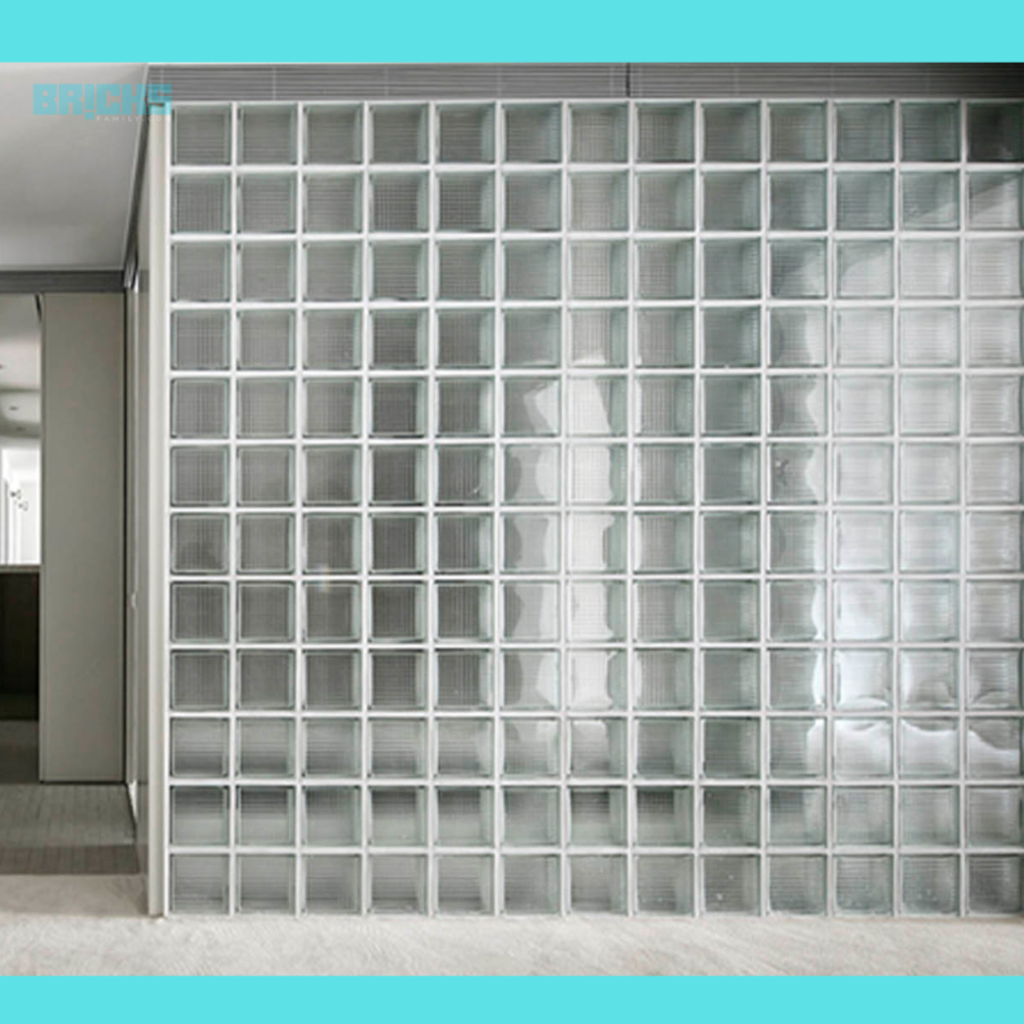
Glass Wool
Glass wool is made of glass fibres and is used as an insulating filler. This kind of glass resists fire.
5 Properties of Glass
These are five engineering properties of glass:
Strength: The rupture value modulus of the glass determines its strength. Although it is brittle, it can be strengthened by adding laminates and admixtures.
Transparency: A critical characteristic of glass that gives it a see-through look is its transparency. One side of the glass can function as a mirror, while the other can be clear on both sides.
Flexibility: Because glass can be melted and shaped into various shapes, it possesses exceptional flexibility. Furthermore, glass of any kind can be fully recycled and utilized as building materials.
U Value: The amount of heat that flows through the glass is determined by its U value. Units with insulated glass should have a low U value.
Transmittance: Because of this, visible light can reflect through the class.
Summing Up: Types of Glass Used in Construction
This served as our guide to the most widely used kinds of glass in buildings. Every glass variety has advantages and disadvantages, making it ideal.
Selecting the right glass is crucial for making your project seem its best. Naturally, there are several factors to take into account to ensure safety. For advice on the best kind of glass for the task, you should thus speak with a specialist in this area.
Also Read: Home Decor Ideas: Simple Decor Items For Contemporary Home Decor (Latest Images)
Similar Topics: 15 Gyproc False Ceiling Designs To Try In 2024









